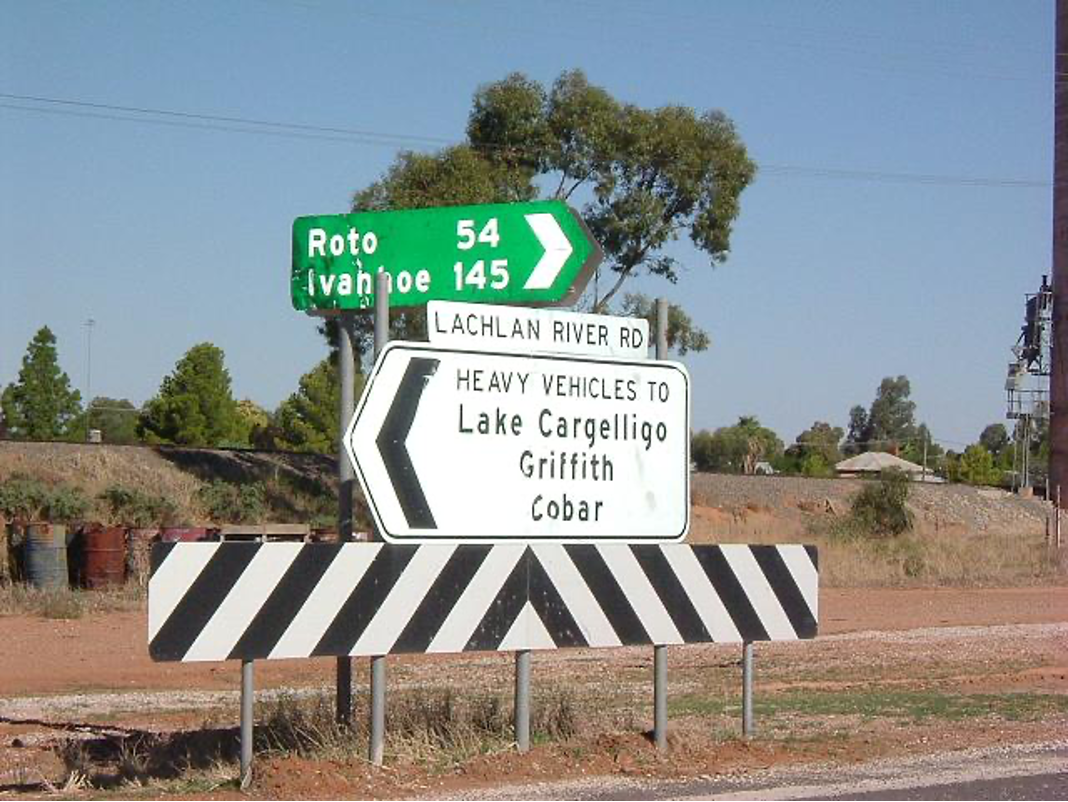The range of books for children to read about our world was pretty limited when I was at primary school, Thank goodness that’s changed!
Now, Australia publishes more books per head of population than any other country. The quality is excellent, and we have our own awards, as well as collecting top international prizes.
This week’s focus is the Children’s Book Council, Australia (CBCA), which has held the reins of Book Week since 1945, and every year presents their national awards to Australian authors and illustrators.
Australian children’s literature
https://en.wikipedia.org/wiki/Australian_literature#Children’s_literature
Children’s literature is a rich and rewarding area for understanding and appreciating the masterpieces of imagery and information about us, our lives, our heritage and our environment that our Australian authors and illustrators create. The field continues to expand with Indigenous and multicultural authors, books in language and bi-lingual stories, and current issues such as the challenges of climate change and of the universal migration experience. I am looking forward to the COVID-19 responses.
For some suggestions for publishers and books please see previous blogs on this site, particularly ‘Reading for the joy of it’.
CBCA BOOK WEEK 2020 Term 4: 17 October – 23 October (that’s THIS WEEK)
https://www.cbca.org.au/cbca-book-week
This year’s theme is Curious Creatures, Wild Minds.
Most schools will already be planning celebrations of Book Week. It is an ideal time to explore the short-listed books for 2020, the winners, and some of Australia’s old and new classics that show us our developing and shared heritage.
Reading both classic and contemporary texts with students K-6 is an integral component of the Australian Curriculum: English content:
[Literary texts] comprises Australian literature, including the oral narrative traditions of Aboriginal and Torres Strait Islander Peoples, as well as the contemporary literature of these two cultural groups, and classic and contemporary world literature, including texts from and about Asia.
Direct reference is made for Foundation, Year 1 and Year 2.
In NSW, the range of literature students need to experience is particularly significant in Objective D content, as it is about making connections.
Develop and apply contextual knowledge
- make connections between students’ own experiences and those of characters and events represented in texts drawn from different historical, social and cultural contexts (ACELT1613)
- identify aspects of literary texts that convey details or information about particular social, cultural and historical contexts (ACELT1608)
NSW English K-6 Syllabus Stage 3 p.111
Classic Australian Stories
A sample of early books you can use as a background includes:
for younger students:
- Blinky Bill (1933) by Dorothy Wall has never been out of print. A cartoon series based on Blinky Bill’s adventures is available through ABC iview from 18 October – 23 October, if you want to tie in a contemporary perspective.
- Gumnut Babies by May Gibbs (1916) is particularly relevant if you have eucalypts and banksias in your school garden.
for older students:
- Dot and the Kangaroo (1899) by Ethel Pedley. Reading Australia has a term’s work for Stage 3 students available here. An animated film was produced in 1977 and may be available here.
- The Magic Pudding (1918) by Norman Lindsay, about a ‘cut and come again’ pudding.
- Seven Little Australians (1894) by Ethel Turner. Reading Australia has a unit of work focusing on excerpts from the book here. A clip from the TV series may be suitable for analysis and comparison with parents today.
These titles have remained popular since their publication, and continue to be read and re-interpreted.
This year’s winners are gems.
Check out the books that have won CBCA awards since 1946 to get an idea of the shifts in thinking about books for children. The range and quality of winners and short-listed books, is illuminating. The list indicates that some authors almost had ownership of the awards, being represented year after year.
Use excerpts to discuss with your students how texts have changed. Sound comparisons can be made of language, sentence length and type, colloquialisms, subject matter, issues, and so on, rather than trying to read entire books.
Rich pickings for study!
Here are a couple of ideas I have used successfully with Stage 3:
- Storm Boy (1976) by Colin Thiele. Reading Australia has a current unit of work suitable for Year 6 here, and the two films update the events in the story to around the present, for comparison.
- Colin Thiele’s Magpie Island was commended in 1975 – works well with Year 5.
- Ivan Southall
- Patricia Wrightson’s descriptions of the Australian landscape are superb. Compare with Thiele and Southall.
- Victor Kelleher
- Libby Gleeson’s Eleanor Elizabeth (Highly Commended 1985)
- Randolph Stow’s Midnite (Highly Commended 1968) is a bit of colonial fun – Year 5.
CBCA BOOK WEEK RESOURCES
https://www.cbca.org.au/cbca-book-week-resources
Each year the CBCA publishes information about the books they have chosen for awards. These include authors’ and illustrators’ comments, judges’ comments, book reviews and teaching notes.
Judges reports are informative. They assist teachers and students to identify features, and the language to describe the qualities that can be appreciated in children’s books – see children’s awards, below.
There are also free activities, images, a poster, bookmarks and ideas from this year’s poster illustrator, Gwyn Perkins, all available at the link above.
Other resources
Other organisations inform and support teaching, including PETAA, who produce teaching guides each year, drama activities through Perform! Education, Book Curator, and even Spotlight.
Awards
The awards have expanded since their inception.
There are six categories in the CBCA Book of the Year Awards.
- CBCA Book of the Year: Older Readers
- CBCA Book of the Year: Younger Readers
- CBCA Book of the Year: Early Childhood
- CBCA Picture Book of the Year
- Eve Pownall Award
- CBCA Award for New Illustrator (administered by the CBCA Victorian Branch)
- One book in each of six CBCA categories is judged to be the CBCA Book of the Year. Every short-listed book has merit, and is worth checking out for your students.
There are other awards as well, and students can participate in the voting process at your school, including:
- Books I Love Best Yearly(BILBY Awards) — CBCA Queensland Branch.
- Canberra’s Own Outstanding List(COOL Awards) — Libraries ACT have been convening the COOL Awards since 1991.
- Kids Own Australian Literature Awards(KOALA) — The KOALA Awards for NSW children are managed by a volunteer committee.
- Kids’ Reading Oz Choice (KROC Awards) — Managed by the City of Darwin Libraries.
- West Australian Young Readers’ Book Awards (WAYRBA)
- Young Australian Best Book Awards (YABBA)
The National Centre for Australian Children’s Literature is a not-for-profit study and research centre including “both the literature and the historical and cultural context in which it was created“.
This is the perfect fit for our students’ exploration of syllabus content through our literature.
2021
It is anticipated that next year, the
CBCA Book of the Year Awards and CBCA Book Week will revert to their normal schedule of the Awards announced on the third Friday in August, with CBCA Book Week commencing the following day.
That is, Book Week will run from August 21-27. The theme will be announced on 23 October 2020.
I have good memories of the annual Book Week events and poster display from my primary school days. The theme was always something intriguing, and it was good to have an audience for my lumbering painting efforts, other than my teacher and my parents, who always said something positive like, ‘That’s nice’, and my brother, who didn’t. A good excuse to bury myself in another book.
Happy reading!
Further reading:
Organisations mentioned in this blog have Facebook page worth investigating.








